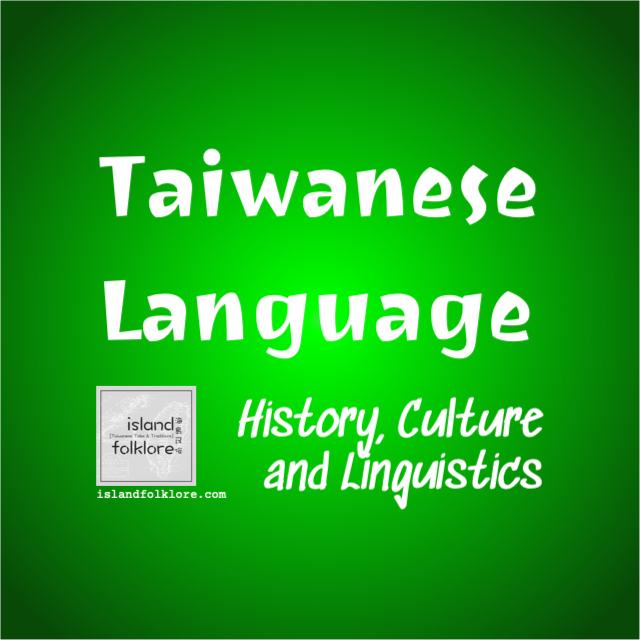Taiwan’s Bunun people are an indigenous Formosan nation of famed warriors and skilled hunters. Every year—in April and May—tribal elders and boys on the cusp of manhood gather for the oddly-named Ear-Shooting Festival, a coming-of-age ceremony that honours the Bunun’s proud warrior traditions.
The Bunun Warrior Tradition
For countless centuries, the Bunun people—also called the Vonum—led a semi-nomadic lifestyle.
Their territory extended across Taiwan’s Central Mountain Range. These are some of Asia-Pacific’s highest peaks and among the region’s harshest environments. The severe conditions there rank the Bunun people among Taiwan’s hardiest folks, enabling them to fend off centuries of outside intrusions on their territory.
Tales of Taiwan’s highland warriors are legendary and teach outsiders important lessons. The Sinitic-speaking lowlanders of western Taiwan and the Imperial Japanese Army—during Taiwan’s period of Japanese rule (1895–1945)—know to fear and respect tribes like the Bunun and their dreaded headhunters.

In 1915, the Japanese colonial government in Taiwan passed strict gun control regulations that paralyzed Taiwan’s highland hunters.
As a result, the Bunun people launched a headhunting raid that led to the slaughter of a Japanese police platoon. In this clash, now called the Dafen Incident, Bunun raiders from Tamaho village made off with a store of ammunition and firearms—attracting even more Bunun fighters to join the insurgency.
Under the leadership of brothers Dahu Ali and Aziman Siking, Bunun warriors fought an 18-year guerilla war against the Japanese.
In 1933, the Japanese yielded and sought reconciliation. This is the only time in the history of Japan’s Empire, an indigenous tribal leader forced the Imperial government to agree to his terms—ending the two-decade-long conflict.

Dahu Ali is standing first on the left in the front row.
The Ear-Shooting Festival
Today, the proud warrior and hunting traditions of the Bunun people live on in the Ear-Shooting Festival.
Known in the Bunun language as ma-naq-tainga, ma-naq-titi or malahodaigian, the festival’s name means to shoot the deer’s ear.
Bunun tribesmen, donning their traditional black garbs and kilts, perform gun salutes, partake in archery tournaments and engage in various activities in this most sacred of Bunun festivities.
For the festival, experienced Bunun adult men would scour the mountain woodlands in hunt of the prized Formosan sika deer. Once they’ve slaughtered their prey, Bunun hunters brought their kill back to the festival grounds, where Bunun youth compete in a massive archery tournament.
The target? Despite this article’s title, it was no bull’s eye. Rather, they aim for severed deer’s ears strung up on wooden poles—hence the name of the event (we laboured to make the earshot pun happen, but alas, it just didn’t work).
Besides the archery tournament, the festivities also include traditional ritual ceremonies performed by shamans or priests to bless the event. A feast of roasted boar is also shared among the festival’s participants.
Bunun boys who join in the archery tournament learn the skills necessary to enter future hunting parties with veteran hunters. The ceremony blesses the children to ensure that they grow to be strong and healthy men.
As these Bunun boys grow, they gradually assume the responsibilities of providing, as elite hunters, for their respective clans and inheriting the Bunun people’s tradition as brave warriors.

See Also
Among the most famous Taiwanese revolts against Japanese rule is one by the Seediq people of central Taiwan. Led by their legendary chieftain, Mona Rudao, Seediq headhunters collected 130 Japanese heads in a single day—stunning the Japanese.
To learn more about the 1930 Musha Incident and how Seediq warriors fought the Japanese to the bitter end, check out our story The Old Chieftain!





